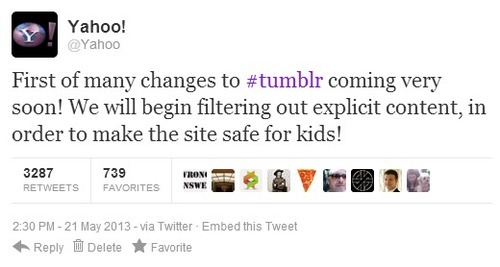Text
How I Animate

The Technique:
I draw the frames and then I use the liquify tool to push the lines into the next frame and redraw them where I need to. This allows me to keep the lines consistent, but gives me the control of frame by frame animation bc I am still making each frame manually! I also use 3d models as reference to help me with the angles! Super important to use reference while you animate (and with art in general), if youre no good handling 3d models then act it out and record yourself!

The Theory:
i think most people are at least loosely familiar with the 12 principles of animation (if youre not, heres a 2.5 minute video showcasing them!), but may not necessarily know how to employ them. the main 3 i tend to focus on when I animate is rhythm, telegraphing, and inertia so ill cover those there 👍
1. Timing & Rhythm
Timing is how you space out your frames both in how long an individual frame is held for, and also when you drawn an inbetween of two frames you can favour one frame slightly more than the other instead of drawing the exact average of the cels, giving the favoured cel more timing weight.
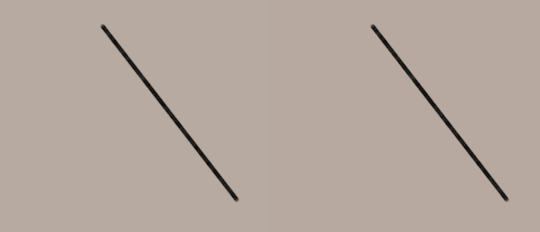
Left line has the cels evenly spaced out on the timeline, right holds the first cel for longer and the second cel slightly favours the last frame. It creates a more interesting rhythm to the animation! Rhythm is how I think of animation timing. Theres a beat like a song to every animation I make, and creating an interesting beat is what makes an animation fun to watch (for me, anyway):


2. Anticipation / Telegraphing

Before I animate a big change in movement, I like to telegraph that its coming. Usually this is doing a little counter movement in the opposite direction, but thats not the only way to telegraph a motion, e.g. eye movement can telegraph a head turn!

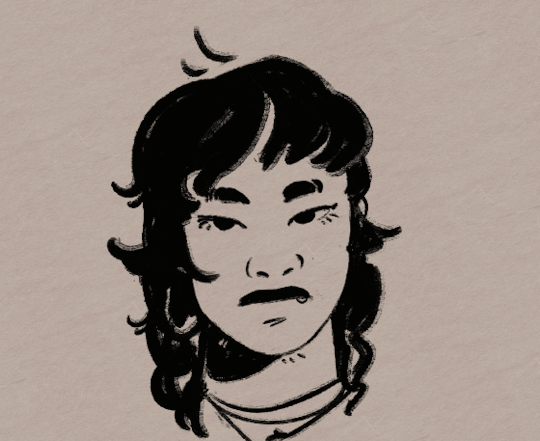

3. Follow-through / Overshoot / Inertia

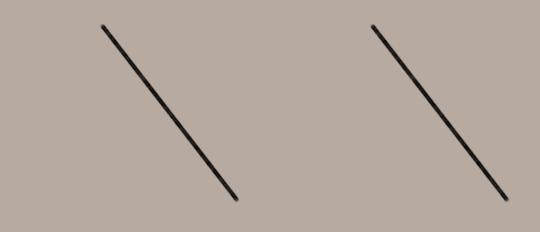
Unless the movement is mechanical, it wont come to a hard stop and will have some level of bounce or easing out to it. How much "bounce" you add will have a big impact on how the animation feels, but a very subtle bounce will add a natural feeling to the end of a motion.

Secondary animations will use a lot of this, note that the head and the hand have a small amount of continuous motion (primary animation), and then the hair has a lot of bounce and inertia (secondary animation which reacts to the primary animation). Note the different amounts applied to the braid vs the sideburn vs the bangs
anyway! I hope this was insightful ❤️ if you like my art you can commission me by the by :)
13K notes
·
View notes
Text
How do I get my art noticed online; A simple guide based on what I have experienced.
This is one of my most asked questions so I am going to try and offer what advice I can. It certainly did not make any sense to me years ago and I would have liked a bit of help.
To preface this entire guide will be from the perspective of an artist attracting an audience for their work that is interested in buying and supporting their art.
Understanding and reaching the audience.
These are the people you want to see your work. If you are trying to create something commercially viable you must always keep the audience in mind. What matters to you is often lost on them and it is easy to lose track of that when you are emotionally involved in your work.
Everything I discuss from here on is centred around the audience and how they will potentially regard you and your artwork.
1. Time does not matter to the audience.
I see this brought up a lot. “I worked very hard for a long time on my art, someone else did not, why don’t people appreciate that.”
To be incredibly blunt, why should they? Two artists create two similar pieces of work. One took 3 days, one took 3 hours. Both are at the same technical level and a similar concept. Why should one be “worth” anything more to the audience, who only sees the end result.

Time rarely matters to the audience. An audience with no art background of any kind will find it very hard to judge how long someone spent on a piece of art (especially digital art) unless-
It’s very clear. A huge traditional painting for example, with something for scale. A linked video showing the process.
The artist states the time taken somewhere. Again, this is only really going to matter to the audience if it surprises them or justifies their own assumptions about the work. (It looks good, but they work quickly, how do they do it!)
I know there will be exceptions. People who really appreciate art will understand and recognise the time taken to create it. You aren’t leaving your success to exceptions though. You need to work with the majority.
Taking a long time to produce a piece of work only really informs your potential audience that they are going to have to wait a while to receive the content. If the work or the concept behind it are strong enough this is not a problem. It hurts an unknown artist trying to establish themselves though for the following reasons…
2. Your upload schedule.
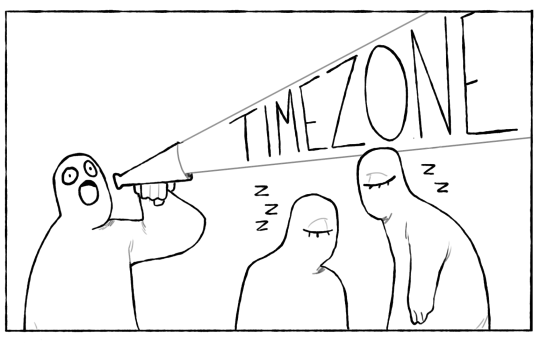
People like consistency and the best way to capture any kind of audience in media is with quick regular uploads of content they are prepared for, are looking for or easily understand. I will list a few things that I feel an audience appreciates or deviates towards.
A regular upload schedule, be it daily, twice a week, even once a month. As long as it is clear. This is a great way to keep viewers coming back to you once they find your work and are happy with the content you appear to be providing.
The time you upload matters. If you post your artwork while the world is asleep no one is going to see it. On sites like tumblr this is even worse, hours can go by and your work will be pushed further and further down the audiences dashboard.
Consistent content. It’s great to try new stuff, but unless your audience knows you for it it could possibly confuse people browsing your page or site. Artists often get categorised as “The dude that draws X, Y Z” for a reason, it’s just easier for an audience to understand.
Do not add unnecessary comments to posts. Nothing puts people off more than 2 paragraphs of text explaining the process or a personal story on why it took so long. Save that for a separate post, consider that your audience needs to share your image. Make it as easy to share as possible.
3. Your content and the concept.
Content is important. Your finished artwork can be technically beautiful, but if there is nothing there for people to understand or relate to they will have no reason to care, or they will be purely judging your work on its level of technical ability.
That can only go so far if the content is too strange, specific or incomprehensible. Very few people are going to share a technically impressive piece of work if it disgusts confuses or upsets them in some other aspect.
Vice versa, a strong or interesting concept can take very simple artwork a very long way. The perfect storm is to have both a fantastic concept and strong artwork working together, but you must consider how much work that will mean you have to do and how fast can you do it. Find a balance.
What grabs an audience varies greatly. You can build up your own brand with your own ideas concepts and characters as long as there is a consistent theme. More often than not an audience will look for:
Things they recognise
Things they can understand at a glance
Things that are relevant to them and their lives
Consider these examples, try to consider which one has the most immediate appeal to the general public:
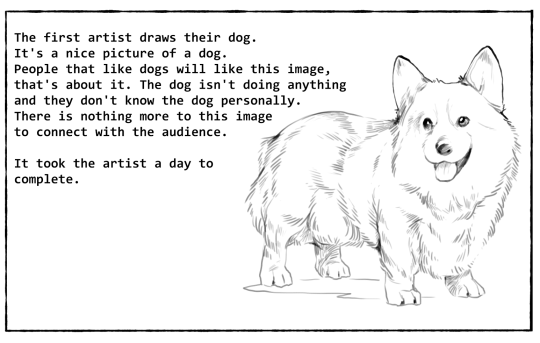
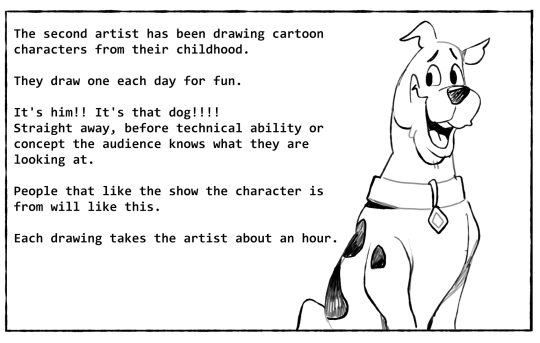
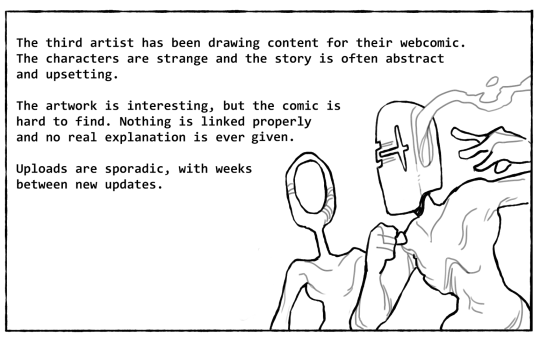
4. Make things easy for them, some important general advice.
Upload on as many sites as possible, and where appropriate. (No one on a website purely for webcomics is going to appreciate your oil paintings, for example).
Join forums, sign up for art sites. Get to know people and make contacts to get your work out there. Understand the audience on the sites you frequent and what content they do and don’t enjoy. This takes time, this does not happen overnight. You have to commit and find your own path here.
The audience will not just come to you. You need to be proactive. You have to get out there and find them, but be careful, nobody likes to feel like they’re being sold something.
Wherever you post your art, MAKE IT EASY FOR PEOPLE TO FIND AND SHARE! Tag, list and group your content. Tags allow people to find things they already like, make use of that. Give them as few reasons as possible not to share your content. Put yourself in the shoes of the audience and think about what they would and would not want to share with their friends and people that know them.
To conclude
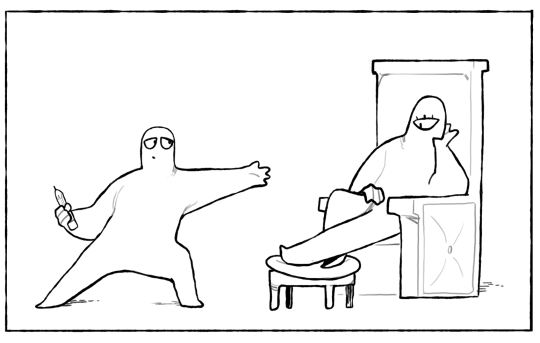
I hope this will give some people who are really lost a few extra ideas when it comes to creating commercially viable content. It upsets me to say this but sometimes there are ideas that, no matter how beautifully illustrated or conceptually brilliant, will just not resonate with certain groups of people.
This is a sad reality, but if this is an issue for you don’t worry. Use this information to create content you know people will enjoy, make a profit from that and then when you have the time and money make the things you really want to make.
35K notes
·
View notes
Text
Answering some of the frequently asked questions. I’m fully aware that I’m not an amazing artist, I just draw degenerate porn shit. So take it with grain of salt, this is totally biased and personal.
Q: How long have you been drawing?
A: The first time I ever remember drawing is when I was around 9~10 years old. I read Naruto (yeah I know) and thought it was the coolest shit ever, and I doodled bunch of naruto faces everywhere I go. I made a lot of OCs during middle school and drew quite a bit of comics. It was all doodles and short comics, until 2015 january first which I decided to take it more seriously and start studying to git gud.
Q: Which brush do you use?
A: These are CSP brushes:
https://drive.google.com/open?id=0B_mYHt9YLshyWmRTS0ZTbzAtQVk
The Japanese one is the one I use for blending and shading, pencil test a 2 is my go-to brush, and 3 is basically cleaner version of the brush.

^ this is what pencil 2 looks like
Q: What kind of exercise do you do regularly?
A: Gesture drawing almost all the time. There is no secret to what kind of exercise you do, as long as it helps you understand better about forms, foreshortening, shapes, depth, folds.. etc. That being said, it doesn’t even need to be gesture drawing, just draw multiple boxes within same vanishing point/perspective if you are feeling lazy and easy going.
The important part is that, you have to do it everyday. Even for 5 minutes. I would say the good amount of exercise is 30 minutes everday, but you can push it all the way to 2 hours or do it all day if you feel extra nerdy that day.
This is the site I regularly use: https://www.quickposes.com/en/gestures/timed
Q: What do you have to do to improve?
A: Everyone has different ways to learn. But personally I think reading books is the best way to learn. There are so many amazing artists out there, and a lot of them wrote books, containing most of their knowledges and thoughts that they’ve earned throughout YEARS of their career. Yes, I know reading book sucks, but it’s really worth it. Some of the video tutorials are really good too, I watch them when I’m too tired but I still want to learn something. These are some of my recommendation.
Beginner:
Fun with a Pencil, by Andrew Loomis
Perspective Made Easy, by Earnest R. Norling
Getting Started: Tutorials for Beginners, by Sycra (playlist link)
Composition for Artists, by Sycra (playlist link)
Foundations of Light and Shadow, by Sycra (playlist link)
Anatomy :
Force: Dynamic Life Drawing for Animators, by Michael D. Mattessi
Figure Drawing for All It’s Worth, by Andrew Loomis
Drawing the Head & Hands, by Andrew Loomis
Successful Drawing, by Andrew Loomis
Creative Illustration, by Andrew Loomis
The Eye of the Painter, by Andrew Loomis
Drawing Dynamic Hands, by Burne Hogarth
Dynamic Figure Drawing, by Burne Hogarth
Anatomy of the Human Body for Artists, by Proko (playlist link)
The most important thing is, to draw everyday, even for 5 minutes.
Hopefully it was somewhat helpful.
299 notes
·
View notes
Text
Thank you it was fun I'm handing this blog to someone else. Goodbye.
7 notes
·
View notes
Text
As of next week I'm giving up my blog to someone. They have free will to do what ever they feel to it. I have no use for it anymore.
1 note
·
View note
Photo

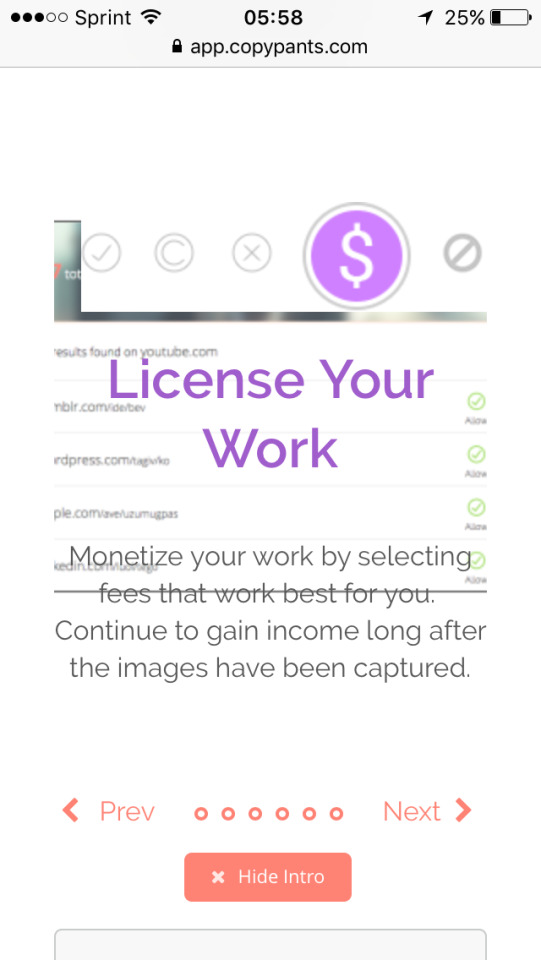


Alright people, especially you artists: @psych2go showed me this site called Copypants, and its function is to basically track pictures you’ve uploaded. It also does what’s explained in the pictures above.
I know that there are artists who are hesitant to post their works because they’re scared it’ll get stolen, but with this site I’m hoping that we can see more art. Please check out the site http://copypants.com/
22K notes
·
View notes
Note
Is there a way for me to dump money into your pockets?
Only If you want me to draw you something then sure pockets are open.
3 notes
·
View notes
Photo


uhmmm I got a little fat in the past couple of months :)
39 notes
·
View notes
Text
(3) 2d character animation - Keying
One of the most important things you need to worry about when you create an animation is the keyframes. Keyframe animators, are usually considered senior animators (in a professional studio) that decide on critical aspects of the animation. Each studio has different roles that keyframe animators have to fill, but generally speaking they are in charge of translating the storyboards into a fluid animation. Depending on the size of the studio, you may also find “regular” animators and in-betweeners. Since I come from a position of someone who does everything from the beginning to the end, you’ll be getting a more holistic view. Going into the animation hierarchy is really beyond the scope of this mini-lesson. I’ll be focusing on how you would want to handle yourself when you are creating keyframes for your animation, specifically keyframing characters.
First you would ideally have a character sheet (to make your life easier, to make it more accurate to the vision of the designers or directors or… to yourself)
I didn’t make one, but you’ll have to forgive me.
I like martial arts, so I wanted to try animating a “jump spinning hook kick”.
The first thing you need to do is to make the “keys,” or keyframes. For those who don’t know what keyframes are, they are just points in the animation that define major movements and/or change in movements of objects (in our case characters).
So here we have the character:
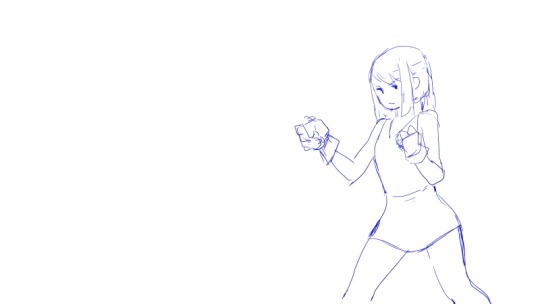
We definitely want the point of contact to be a key.

And the landing.

Now that we have the major keys down, we can start breaking them up into smoother and more refined movements. We have to ask ourselves how does the human body move when performing this kick and to answer that question you would have to get references!
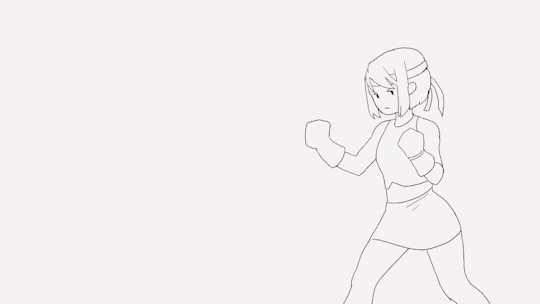
Keep adding keyframes at important positions in the movement, this you really need to develop a feel for.
I added another element to the animation to have the character seemingly be reacting to something (just to make it more interesting).
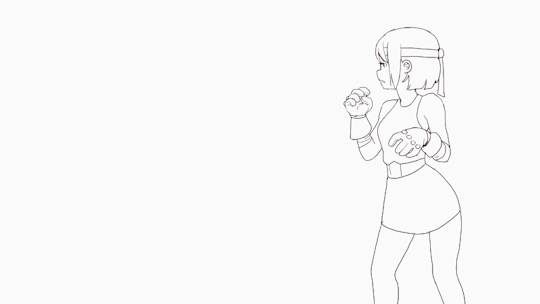
Expand on what the element is by laying out important keys (as you did before)
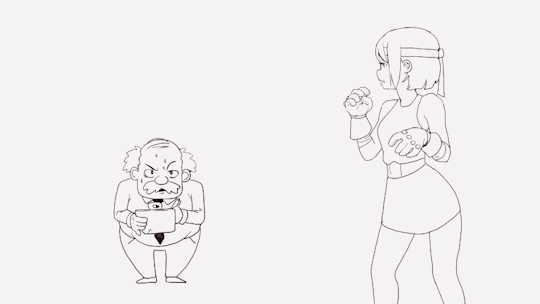
Now as a key animator you are in charge of laying out the length of exposures each frame has. If you’re working in a professional setting, you will probably get an X-sheet (or exposure sheet). This is a good time to start thinking which frames need to be extended and which need to be shortened.
I wanted to exaggerate the kick so I extended the exposure of the kick.
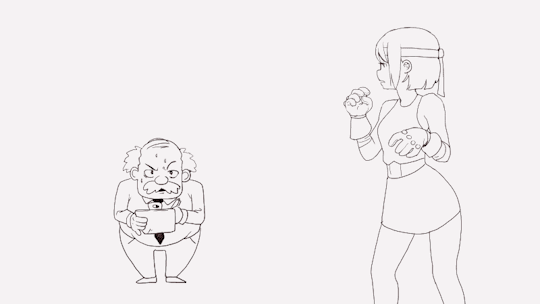
Now that you have a blueprint of where you want to go, you can start filling in the spaces where extra frames are needed.
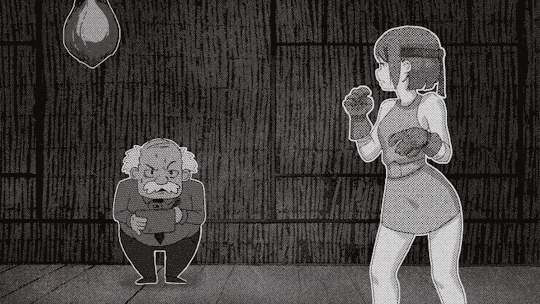
Really once you have your point A and point B set, it’s fairly simple to fill in the blanks. The important part is getting point A and point B just right. Having a smooth animation is not as important as having good movement (imo). Part of the charm that Japanese animation has is the interesting choice shots/angles/poses that make up for the lack of frames that you would normally see in a Disney animation.
Keyframes can also be used for changing the backgrounds, and perspective lines more broadly. Although seeing hand-drawn backgrounds has become rarer and rarer these days because of how much easier it is to generate it with 3d software.
Hope that helps, I realize these are very basic but hopefully I can expand into more complicated stuff in the future.
10K notes
·
View notes
Note
Hey, love your blogs! We should talk anime some time!
M'kay ;)

6 notes
·
View notes
Text
Attention ALL artists!
You sure have seen this post. It has spread like wildfire over the past few days so I doubt there is any artist out there who hasn’t seen it. But even if you didn’t, you should read on because I’m about to tell you a handy little thing that can help you to protect your art from such assholes as the anon who submitted this bullcrap, as well as art thieves in general.
The magic word is Metadata.
Metadata is like an invisible signature that is embeded into a file. It can contain all kinds of information, like Title, date, keywords for online seach engines, and copyright information. And the best thing is, since this information is “hidden” in the code of your picture, it’s hard to remove it.
There is a nice basic tutorial on how to add Metadata, or “additional file information” to your images in photoshop. It’s really, really easy so check it out!
“Adding Your Contact And Copyright Info To Your Photos With Photoshop” on PhotoshopEssentials.com
I’m not sure if you can do the same with any other art program. If you know how to do this in other programs / can confirm that it works the same way there, please tell me so I can add the information to this post.
Adding the Metadata will not stop idiots from taking and reposting your art. It also won’t make them stop editing out your signature. It WILL however, help you prove that you are the original artist whenever you have to. Always remember my friends. You, the artist, are protected by law. No one has the right to take your intellectual property and hard work and repost, use or edit it without your permission. Ever.
194K notes
·
View notes
Photo

Im trying out different pens does it look ok?
17 notes
·
View notes
Photo

Hey guys im back! Self portrait
14 notes
·
View notes
Photo

Sensei Chun li ^_^ update 1/11/2016
#my art#my artwork#sketch#chunli#chun-li#chun li#street fighter#street fighter v#nfsw#masuyo4u#masuyo
26 notes
·
View notes


